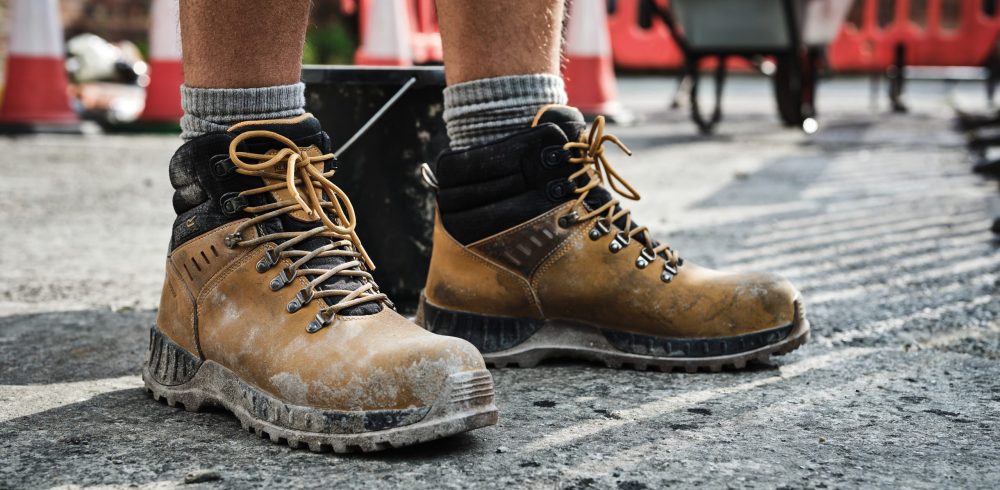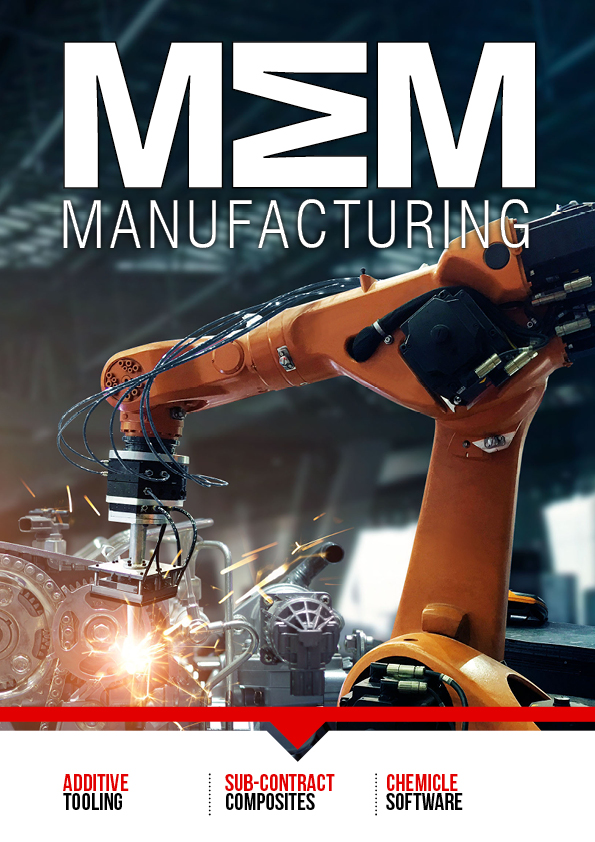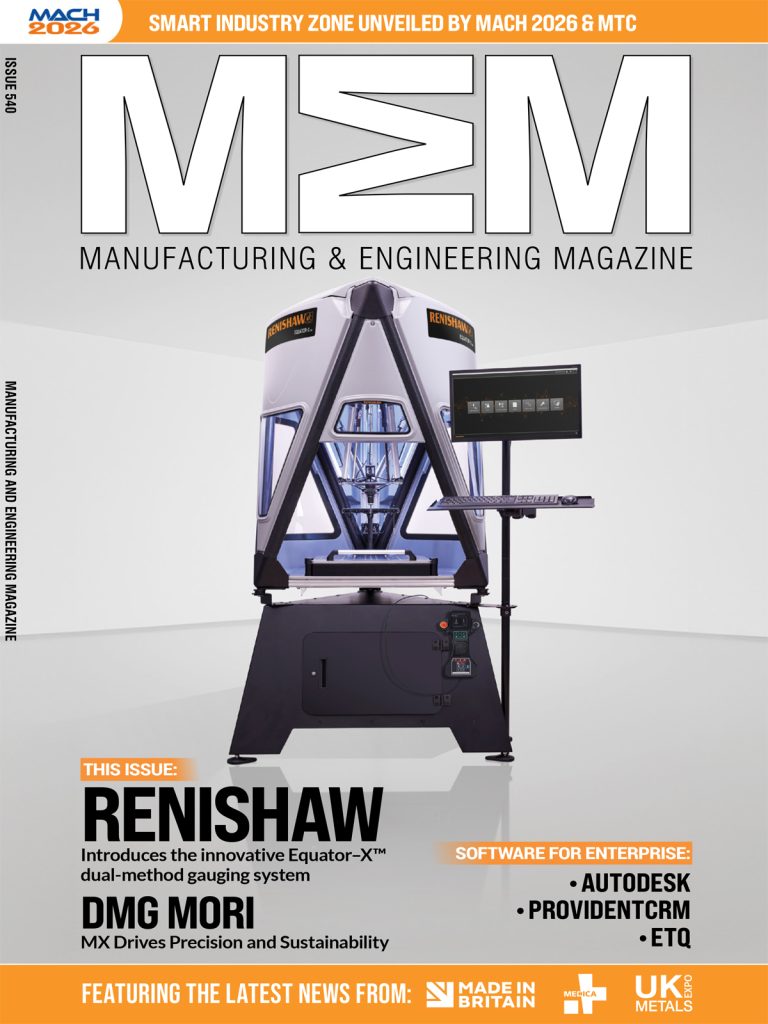Personalised uniform, workwear and PPE suppliers, MyWorkwear are dedicated to providing products that provide safety and confidence among workers. With workwear playing a vital part in how workers conduct their role, as part of their latest study* MyWorkwear has delved into the cleanliness of uniforms worn by UK professionals to determine how often they clean and replace items alongside their general opinions of their workwear.
According to the study, one in five manufacturing employees only replace their workwear once per year!
Considering the findings, MyWorkwear has also offered their expert guidance on how often workwear should be washed and replaced.
Below are the key statistics for those working within manufacturing.
When asked how often they clean items such as trousers and thermals, one in three (31%) states 2-3 times per week while almost two-fifths (37%) wash them once per week. However, 5% only wash them once per month.
Looking at tops such as work t-shirts and work polos 27% wash them once per week, with 4% only washing them a few times per month.
Delving further into items such as overalls, 32% wash them once per week whereas 8% wash them once per month. For work gilets, jackets and fleeces, 14% state they only wash them once per month.
When asked how often they replace their workwear, a fifth (20%) only replace items once or twice per year (17%).
Analysing their opinions on their workwear, positively 61% are happy with the items but 15% expressed that they’d like to change the items as they’re too tight fitting and 7% believe the items don’t compliment or suit different heights and body frames.
James Worthington, Co-Owner and Co-Managing Director at MyWorkwear provides his expert guidance to manufacturing workers.
How often, ideally should different items of workwear be washed thoroughly and why?
“It’s dependent on the items and as per the instructions. It’s also dependent on the environment in which the items are being used, for example, someone in the factory would need to wash these more than someone in the office or off-site.
“Replace items once stains can no longer be washed out therefore impacting brand image. It’s also important to note that PPE has different washing requirements.”
How often, ideally should workwear be replaced with new items and why?
“Sustainability should be kept in mind so higher quality items are suggested to ensure they don’t need to be replaced regularly from wear and tear. Also consider replacements as and when new technology is created, for example, antibacterial finishes on polos as these can then be swapped out to increase longevity.
“Replacements could also be considered when new branding is required, for example, re-brands or staff moving to different departments with different personalisation required. Safety requirements are also to be kept in mind, for example, if a stain occurs on a high-vis section of a garment, these are to be replaced.”
Other factors manufacturing workers should consider when it comes to their workwear upkeep:
“Always stick to care instructions. Business owners could also provide spare sets of uniforms in case of damage. Wear appropriate garments for the area, for example, thinner layers for warmer areas of a factory where PPE is not required.”
For further insight into maintaining workwear, please visit: https://www.myworkwear.co.uk/company/what-is-the-best-way-to-maintain-workwear/.
Manufacturing & Engineering Magazine | The Home of Manufacturing Industry News














